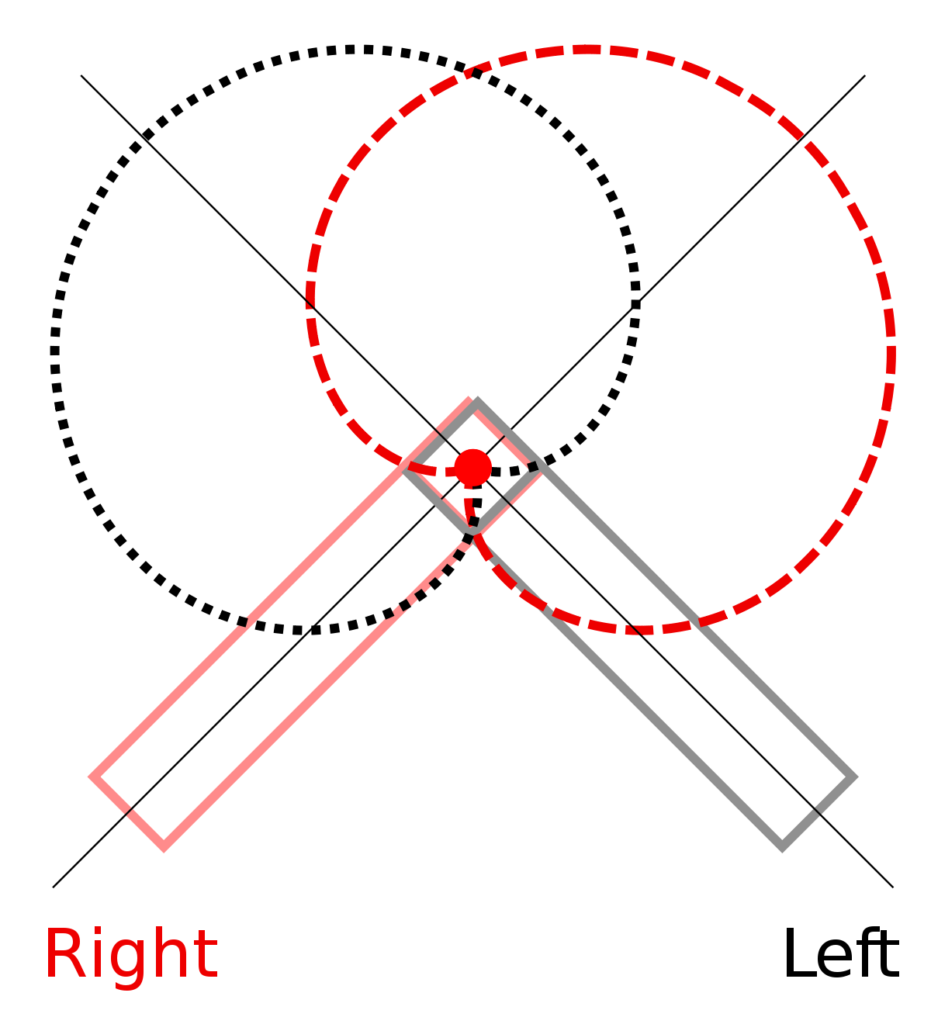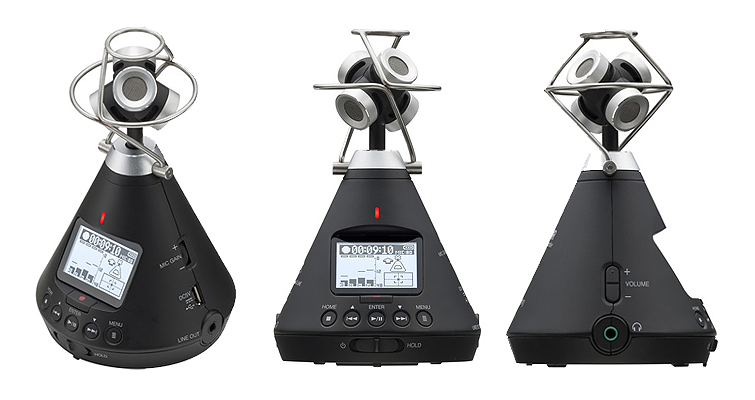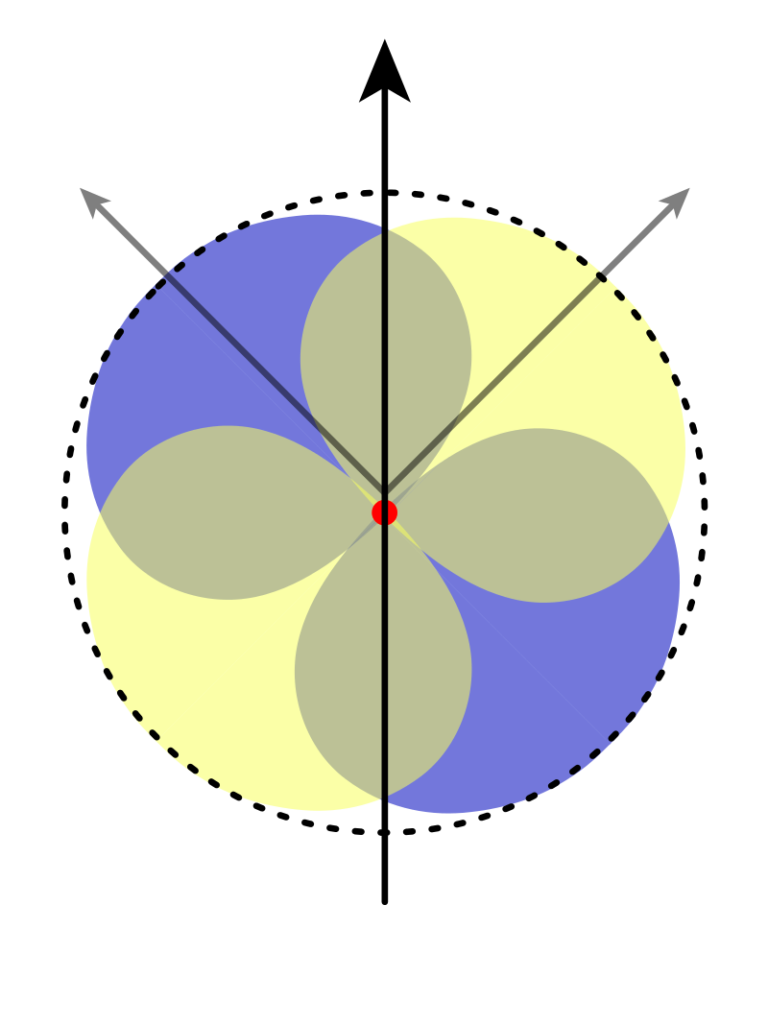Coincident pair stereo microphone is a type of stereo microphone setup in which two microphones are placed very close to each other, usually so close that their diaphragms touch or almost touch. Most of the time, the microphones are placed next to each other and pointed toward the sound source.
Coincident pair stereo microphone setups are often used to get a clearer or more accurate stereo image because the microphones can simultaneously pick up the same sound waves when they are close together. They are often used in recording studios and other places where a clear stereo image is needed.
There are a few different types of coincident pair stereo microphone configurations, such as the “ORTF” configuration, in which the microphones are placed at an angle of about 110 degrees and 17 cm (6.7 inches) apart, and the “NOS” configuration, in which the microphones are placed at an angle of about 90 degrees and 30 cm (12 inches) apart. Each configuration has its qualities and can be used differently, depending on the desired effect.
Feature of a Coincident pair stereo microphone
Here are some things that a coincident pair of stereo microphones might have:
Directional microphones: Many coincident pair stereo microphones use directional microphones, like cardioid or super-cardioid microphones, which are sensitive to sounds coming from a certain direction and can help cut down on background noise and ambiance in the recording.
Frequency response: The range of frequencies that a microphone can pick up is called its frequency response. A microphone with a wide frequency response can pick up both low and high sound frequencies.
Noise floor: A microphone’s noise floor is the amount of background noise or “self-noise” it makes when it’s not used to pick up a sound. When you record with a microphone that has a low-noise floor, there will be less background noise.
Dynamic range: A microphone’s dynamic range is between the loudest and softest sounds it can pick up without getting distorted. With a wide dynamic range, a microphone can record a wide range of sound levels without distorting.
Compatibility with audio recording devices: It’s important to ensure that the concordant pair of stereo microphones you choose works with your audio recording device or mixer. Some microphones may need extra parts, like a preamp or an interface, to work with some devices.
Adjustable microphone angles: Some coincident pair stereo microphones let you change the angle at which the microphones are pointed, which can change the stereo image and the sound of the recording.
High-quality materials and construction: Coincident pair stereo microphones are often made with high-quality materials and are built to last because they are often used in professional recording environments where reliability is important.




